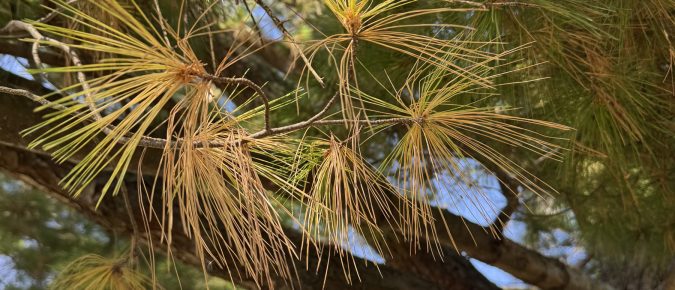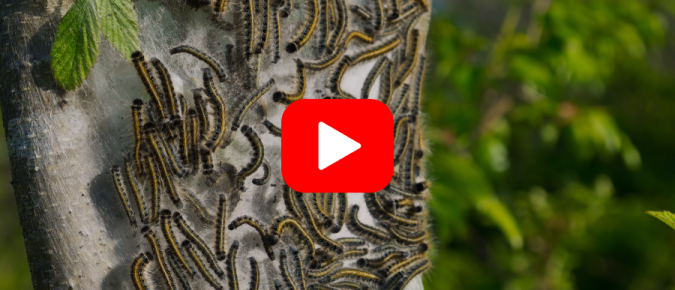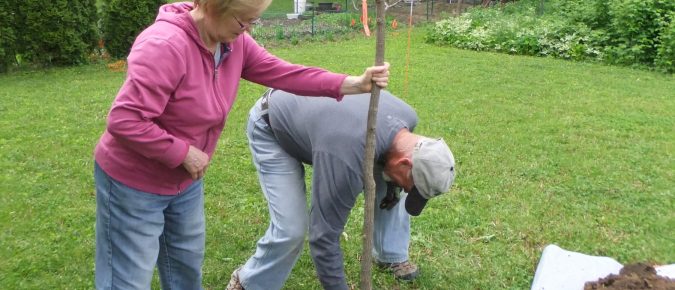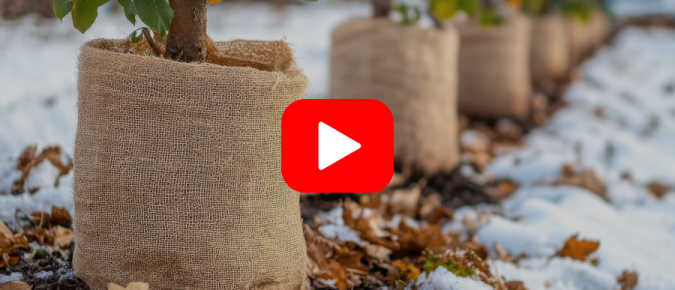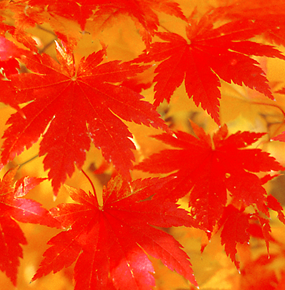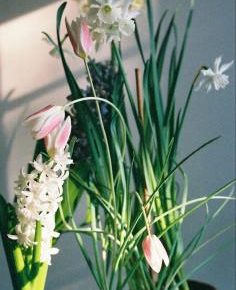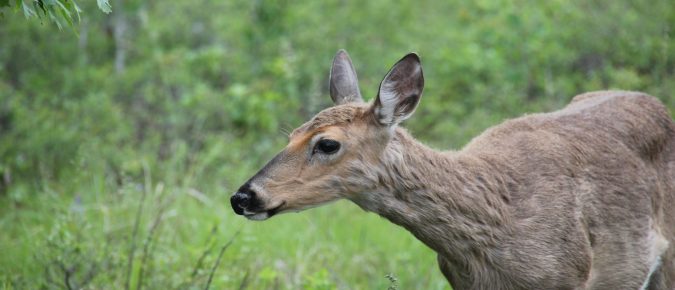Winter burn refers to a type of damage to evergreen foliage that typically occurs over winter. Frequently affected plants include yews, junipers, boxwood, arborvitae, rhododendrons, dwarf Alberta spruce, and hemlock.
Despite their name, evergreen needles do not stay green forever. Older, inner needles discolor and drop off after one or more years, depending on the species.
Should you actually burn those big webs of caterpillars found in trees during spring and fall? In this episode of Garden Myths and Home Remedies, we uncover the truth about tent caterpillars.
Fall is a great time to plant a tree! In this webinar, you will learn why this time of year is optimal and which species are best-suited for fall planting. You’ll also hear about important factors to consider when picking a tree species and nursery stock—and whether or not those “fall clearance sale” plants are a good buy!
Fall is a great time to plant bulbs for spring beauty. In this webinar, you’ll learn essential tips on how to select the perfect bulbs, correctly plant them, and protect new plantings.
This article contains a compilation of tree species recommended for fall planting vs. waiting until spring.
This webinar shares best practices on how to protect susceptible plants from snow and cold damage. It also covers proper mulching and watering techniques to help your plants through the fall and survive the winter.
Fall is a key time for many maintenance activities that support a lush, healthy lawn. Learn about fertilizer recommendations, aeration and overseeding, weed control, and more.
The colors of autumn leaves are one of nature’s most beautiful spectacles. Learn about what goes on inside leaves that leads to a beautiful fall color show in this article.
Many plants grown from mbulbs can be forced to bloom indoors during the winter. Learn how to choose, plant, and provide the right conditions to enjjoy spring-flowering blooms indoors while its still winter outside.
If deer visit your property, before planting (or replanting), check out this list of trees, shrubs, flowers, herbs, and grasses that deer tend to avoid.
This beautifully illustrated 38-page publication provides an extensive (though by no means comprehensive) list of commercially available woody plants that offer spectacular fall color.


